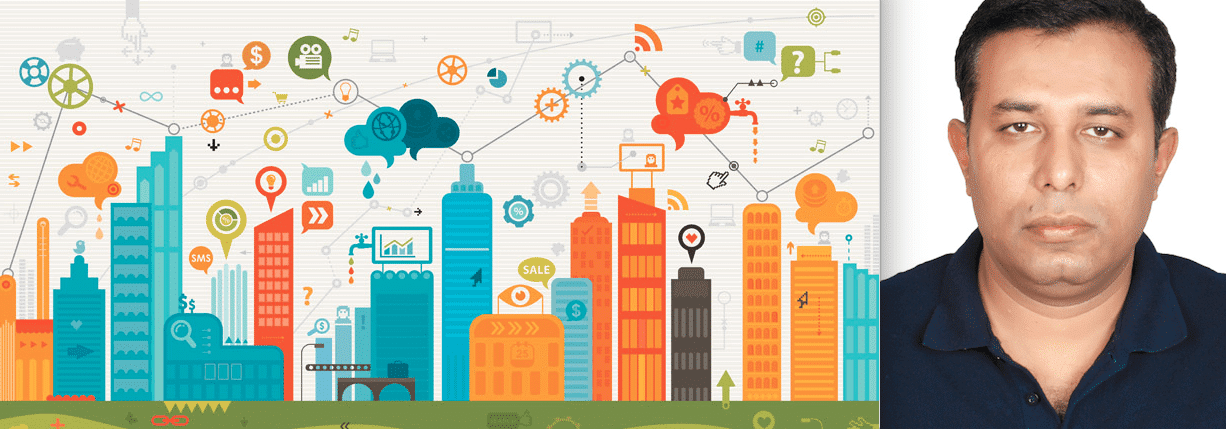Of all the benefits attributed to the IoT, the one that can make jobs more exciting is Integrated Building Management Systems (IBMS), which offer a wider product portfolio to integrated, intelligent building management systems. Shakti Leekha, senior general manager and head – IBMS, Bajaj Electricals Ltd, speaks with Dilin Anand of EFY

Q. What is the biggest change that you have noticed in the IoT space?
A. The biggest change in the Internet of Things (IoT) is that people driving its development have matured. They now ask for more open platforms with no lock-in and those that are easily scalable.
Earlier, people were doing it for show; tech companies had office automation installed to show that they practice what they preach. Today, they want to derive value out of their installations.
Earlier, people were doing it for show; tech companies had office automation installed to show that they practice what they preach. Today, they want to derive value out of their installations.
Q. Could you give an example of a facility management project solved with the IoT?
A. One interesting design challenge that our team worked on and solved was that of a government project. Ever since ticketing moved from physical to digital, governments have had an increased requirement for scalable server systems. Existing servers were tethered with cables that powered these, which made modifications and movement extremely difficult.
We created a solution using the IoT, to develop a mobile rack that would wirelessly connect for sharing data while wirelessly receiving power.
Q. Could you elaborate?
A. We developed sensors that used light energy harvesting as their source of power. This simple innovation enabled all their racks to go mobile because the sensors could now move about and hunt for a device to connect and share sensor data with.
The active device in this system is the one that hunts—just like a Bluetooth Low Energy device. You can pair it up as you move the servers and these keep reconnecting with the ones in reach.
Q. Good point! Do you believe that the IoT can attract people to what were traditionally boring sectors?
A. The fancier a job is, the better the chances of it attracting talented people. A person from a prestigious institute might not try out for a job in a petrol pump, although there may be many challenges there which that person’s intellect could solve. Yet, he or she would rather join a bank. It is this same element of human dynamics that prevent highly-qualified people from looking at IBMS domain. Let us face it, no one likes cabling.
Q. Any exciting project that solved an India-specific problem?
A. We had an interesting project where we had to keep track of the number of people entering and leaving the place. Of course, it was impossible to manually count, so we built an algorithm that was used to count and give a good estimate of the number of people in a particular area. Our algorithm is unique to India and the conditions seen at a pilgrimage site at such a massive-scale gathering.
Q. What about projects in line with Make in India initiative?
A. We are building a proactive fire-control solution that can be used to prevent the cause of fire. We are designing this with Make in India in mind, in such a way that there will be little-to-no imports required to sustain this technology.
Our solution related to this is not based on gas based suppression, which requires a lot of chemical imports. Oxygen reduction is at the core of this technology, which we intend to use. The system makes sure that there is enough oxygen for humans but not enough for sustaining a fire. This is a great example of root cause analysis, but with the difference that this tackles the very core of the cause—oxygen to feed the flame.
Q. What, according to you, is one of the most significant effects the IoT has had on people?
A. The IoT has affected the management philosophy itself. It has influenced the transition from a pyramid structure towards a more integrated matrix-style structure. We have been providing non-proprietary solutions with no entry barriers since 2008, because we believe that it is only through opening up the ecosystem to partners and system integrators that products, services and apps can be innovated upon by the various labs working on these.












